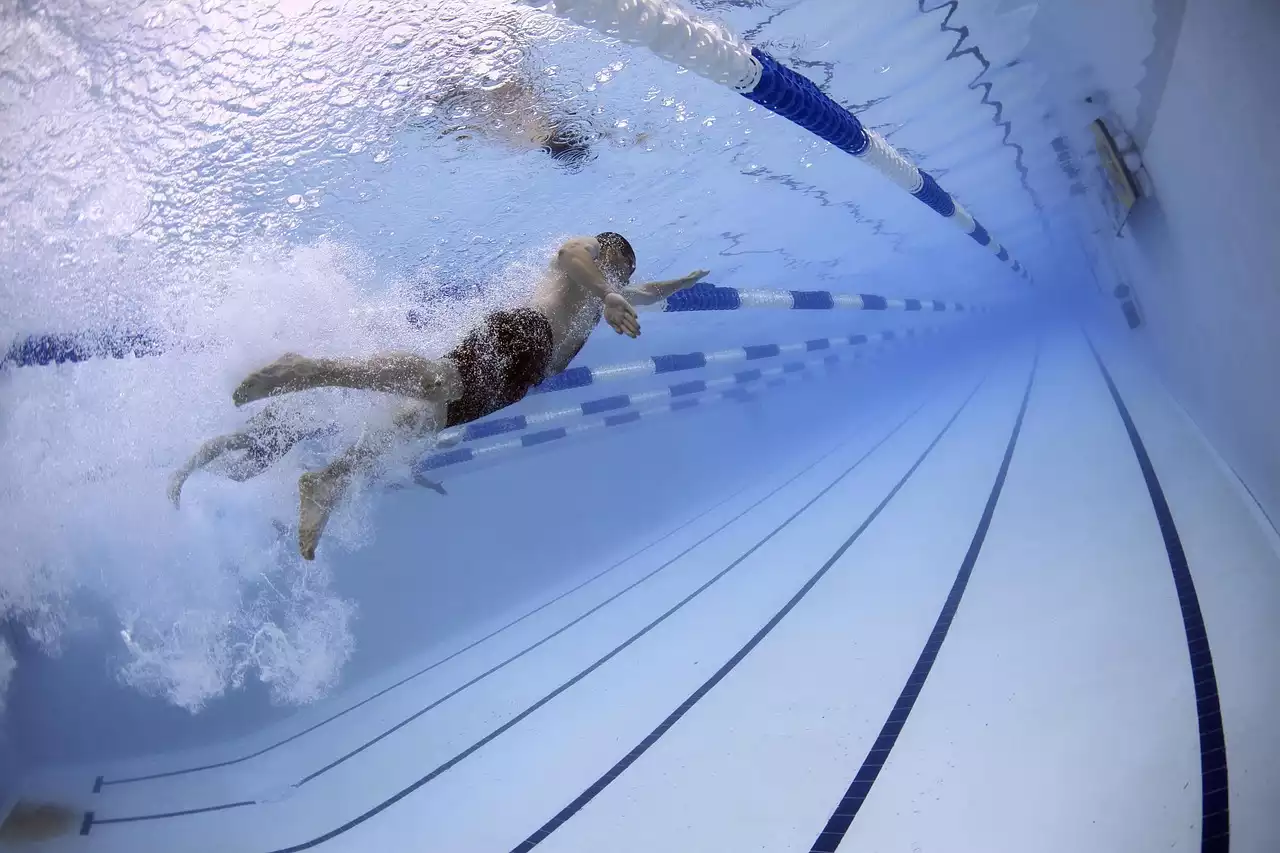Understanding the Basics of Swimming Training
The first step to training for a swimming race is understanding the basics of swimming training. You need to start by setting training goals and developing a training plan. It’s important to set realistic goals that you can work towards over time. Your training plan should include the type of swimming you’ll be doing, the duration of the training sessions, and the frequency of the training sessions.
You also need to understand the different kinds of swimming training. There are different types of training, such as endurance, speed, and technique training. Endurance training focuses on increasing your aerobic capacity and your ability to swim longer distances. Speed training focuses on increasing your speed and power in the water. And technique training focuses on improving your stroke technique and efficiency.
Setting Training Goals
Before you begin your swimming training, it’s important to set specific training goals. Your goals should be specific, measurable, and achievable. For example, you might set a goal to swim a certain distance in a certain amount of time or to improve your stroke technique. Setting goals helps to keep you motivated and focused on your training.
Developing a Training Plan
Once you’ve set your training goals, you need to develop a training plan that will help you reach them. Your training plan should include the type of swimming you’ll be doing, the duration of the training sessions, and the frequency of the training sessions. It should also include a warm-up routine and a cool-down routine. A warm-up routine helps to prepare your body for the exercise and a cool-down routine helps to reduce the risk of injury and speed up recovery.
Understanding the Different Kinds of Swimming Training
Now that you have a training plan, you need to understand the different kinds of swimming training. As mentioned above, there are different types of training, such as endurance, speed, and technique training. Endurance training focuses on increasing your aerobic capacity and your ability to swim longer distances. Speed training focuses on increasing your speed and power in the water. And technique training focuses on improving your stroke technique and efficiency.
Practicing Your Technique
One of the most important aspects of swimming training is practicing your technique. You should focus on technique drills such as catch-up drills, head-up drills, and sculling drills. These drills help to improve your stroke technique and efficiency. Practicing your technique regularly will help you to swim faster and farther with less effort.
Building Your Endurance
Building your endurance is also an important part of swimming training. Endurance training helps to increase your aerobic capacity and your ability to swim longer distances. Some endurance training exercises include swimming with a pull buoy, swimming with fins, and swimming long sets. Swimming with a pull buoy engages your core muscles and helps to improve your stroke technique. Swimming with fins helps to improve your leg strength and build your endurance. And swimming long sets helps to increase your endurance and stamina.
Improving Your Speed
If you’re looking to swim faster, you need to focus on speed training. Speed training focuses on increasing your speed and power in the water. Some speed training exercises include timed swims, interval training, and kick sets. Timed swims help to increase your speed and power. Interval training helps to increase your speed and stamina. And kick sets help to improve your leg strength and speed.
Eating Right for Swimming
Eating a balanced diet is also an important part of swimming training. Eating the right foods will provide you with the energy and nutrients you need to fuel your training. Eating right can also help you to recover faster after a workout. Some foods that are great for swimmers include fruits, vegetables, lean proteins, complex carbohydrates, and healthy fats.
Staying Motivated
Swimming training can be tough, so it’s important to stay motivated. Find ways to stay motivated such as setting goals and tracking your progress, setting rewards for yourself, and finding a training buddy. Setting goals and tracking your progress will help to keep you focused and motivated. Setting rewards for yourself will give you something to look forward to. And finding a training buddy or joining a swim team will help to keep you motivated and accountable.
Taking Care of Your Body
Finally, it’s important to take care of your body during swimming training. Swimming is a high-intensity sport, so it’s important to rest and recover after a training session. Make sure you get enough sleep, eat a balanced diet, and stretch and foam roll before and after a workout. Taking care of your body will help you to recover faster and reduce the risk of injury.










